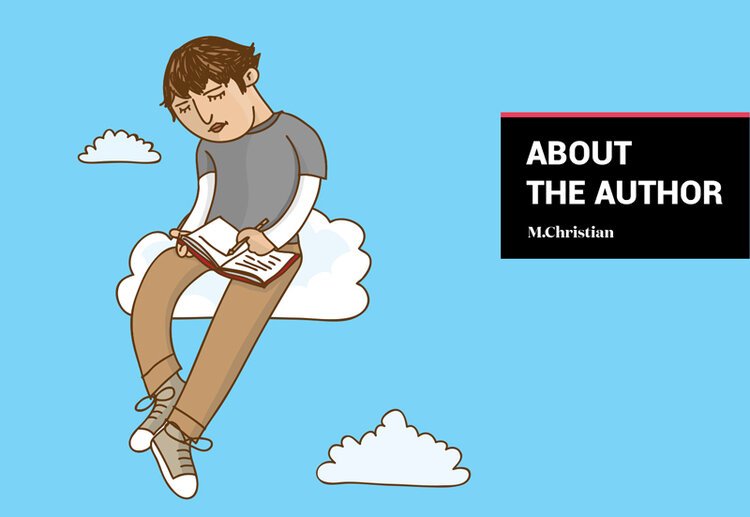Art
from the Editor
Art has been an integral part of Queer Majority since its inception. As a culture magazine, we explore the topics of sex and sexuality through numerous artistic mediums, which most commonly include writing, cartoons, and illustrations, but also engage others ranging from film to photography to dance to music. In this issue, I chose to heighten this engagement by focusing on art directly, considering it as both a philosophical concept and a broad range of cultural practices. The result is a provocative collection of narratives that draw attention to the myriad ways sex and sexuality are involved in both the historical and contemporary landscapes of artistic expression.
Muhammad Shareef begins this discussion with his essay “Black and Queer in the Harlem Renaissance”. In it, he describes the anti-racist efforts of early 20th century Black America and charts how artists used their creations to produce alternative narratives of Blackness. Drawing on the work of authors and musicians like Richard Bruce Nugent, Wallace Thurman, and Gladys Bentley, Shareef paints a nuanced picture of movement efforts by exploring the role sex and sexuality played. In doing so, Shareef shows that while some renaissance artists embraced dominant attitudes toward gender and sexuality, others aimed to disrupt both the racism of the American mainstream and anti-queer sentiments of some resisters by asserting themselves through the power of representation.
Continuing this engagement with literature, M.Christian reflects upon his own work in LGBTI erotic fiction as a straight writer in “About the Author”. Grappling with the thorny question of whether stories about a community can or should be told by those outside it, Christian makes the compelling argument that feelings like love and lust are universal. While he openly acknowledges the differences between his experiences and those of many of his characters, he maintains that the ability to craft successful erotic narratives is primarily driven by the articulation of common points of our humanity rather than our differences.
In “Drag in South Africa: The Art of Expression”, we return to the politics of representation with Mihlali Ntsabo. After a brief historical overview of the country’s drag culture and climate of (in)tolerance, Ntsabo turns his focus to the life and experiences of Tevin-Mark Tobias, a drag performer currently residing in the Eastern Cape city of Port Elizabeth. Charting Tobias’s journey, Ntsabo shows how the artistic elements of drag can blend with both personal and political motivations to help practitioners express and understand themselves, even in unwelcoming or hostile environments.
Blaize Stewart takes up another form of artistic expression in “The Art of the Thirst Trap”. Pushing back against the critical tendency to dismiss social media posts known as “thirst traps” as meaningless ploys for attention, Stewart challenges readers to reconsider their artistic merit. Without insisting on an absolute position, he makes a compelling case for the value of these images, weaving together the opinions and perspectives of three influential thirst trap creatives in the process.
Along with new entries in all series QM readers have come to know and love (The In-between, My Body and Other Adventures, Zach and the City, Business of Sex Profiles, Painted Stories), I took advantage of the unique opportunity afforded by this issue’s theme to introduce a few new art-focused elements. One of my favorites is Noa Nephatari’s column Artist Feature, which offers an in-depth look at an up-and-coming creative. In her inagural piece, she explores the line between art and artist through surreal photography with “Inside the Mind of José Insunza”. I am also happy to announce the launch of our poetry section, which features contributions by R.K. Russell and Ana Castillo, entitled “Tributes” and “Soy la Muxe Juchiteca” respectively. As with every issue, my aim is to both challenge and inspire readers with new ideas and perspectives, and I encourage you to share your thoughts on art or anything else by writing to me here.
Published Sep 30, 2020











